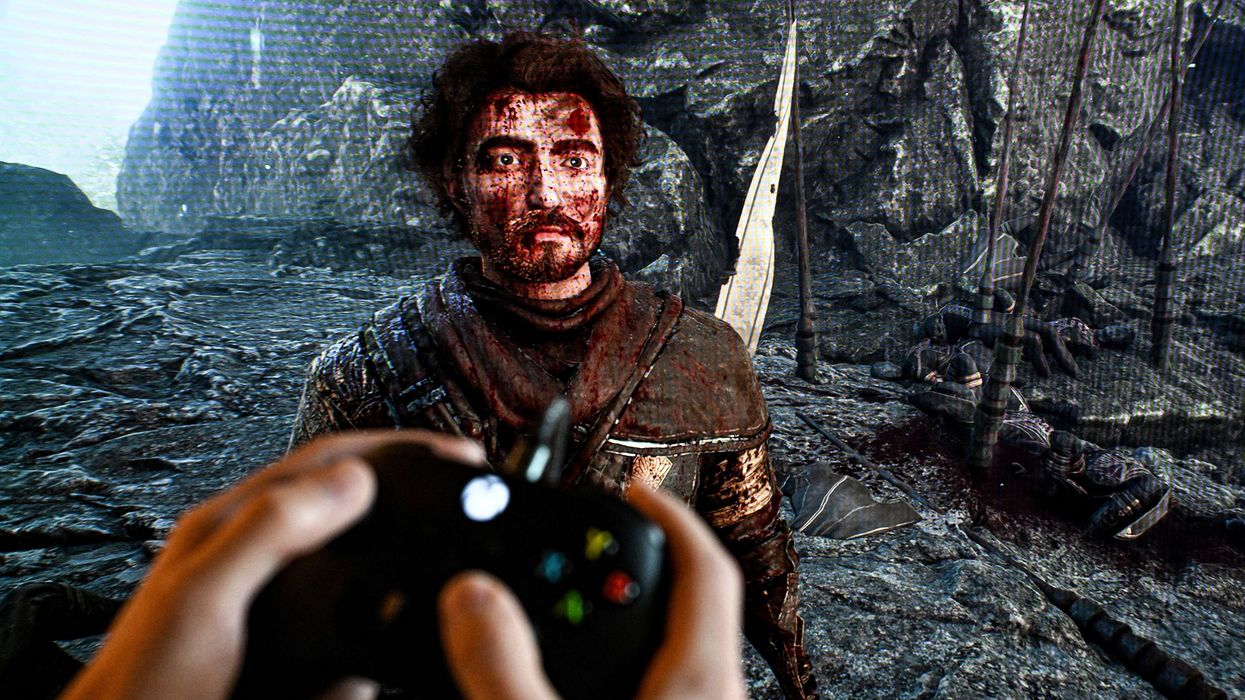Key points
- Young adults aged 18–24 have cut video game spending by nearly 25%
- Rising game and console prices are key factors behind the drop
- Free-to-play games dominate usage, replacing premium titles
- Industry faces growing pressure as live service titles saturate the market
- Similar trends expected in UK due to parallel consumer habits
Young players cut back as gaming becomes pricier
Video game spending among young adults in the US has fallen sharply, with new data showing a nearly 25% decline compared to last year. Analysts point to increasing game and console prices, combined with the popularity of free-to-play titles, as the main reasons behind the drop.
The trend is most pronounced among 18 to 24-year-olds, who are spending significantly less across multiple consumer categories — but none more so than gaming. This raises fresh concerns for an industry already facing stagnation in demand and shifting player behaviour.
Prices climb, budgets shrink
Gaming has always been a relatively expensive hobby, but recent pricing trends have stretched the wallets of young players even further. Sony’s £70 price point for new releases has become standard, while Nintendo has now priced Mario Kart World at up to £75.
Meanwhile, hardware costs are rising too. The upcoming Nintendo Switch 2 is listed at £395.99, a figure many now view as affordable in relative terms. These price hikes appear to be pushing young adults away from buying new games and consoles altogether.
Video game spend among 18 to 24's is down sharply."Young grads are having a much tougher time finding jobs. Student-loan payments are restarting for millions of borrowers... credit-card delinquency rates have risen to their highest points since before the pandemic..."www.wsj.com/personal-fin...
[image or embed]
— Mat Piscatella (@matpiscatella.bsky.social) July 1, 2025 at 7:55 PM
Sharpest drop across all sectors
Matt Piscatella, executive director and analyst at Circana, published a report showing that spending among 18–24s in the US dropped across all tracked categories in April 2025. The steepest fall was in video games, with a near-25% year-on-year decline.
Although other age groups saw only a minor 1–2% fall in gaming spend, the sharp drop in the youngest adult demographic is particularly worrying for publishers hoping to build long-term audiences. By contrast, categories like beauty and sports equipment recorded spending increases, highlighting a shift in consumer priorities.
Free-to-play dominates playtime
A growing number of gamers are turning to free-to-play titles, which offer zero upfront cost and instead rely on in-game purchases. A Circana report from earlier this year revealed that over 70% of PlayStation 5 and Xbox users in the US were mostly playing one of the top 10 free live service games — including Fortnite, Call of Duty, and Roblox.
These games often consume players’ time without requiring them to purchase newer titles, which may explain why even blockbuster releases are struggling to make a dent in the market.
Industry pushes live service, but results vary
In response to changing habits, many studios are doubling down on live service games that focus on long-term engagement and microtransactions. Sony has heavily invested in the model, though its only notable success in recent years has been Helldivers 2 — developed externally rather than in-house.
Yet live service games are also facing saturation. A March 2025 study showed most PC gamers prefer older, established titles such as League of Legends and Counter-Strike, leaving little room for newcomers to gain traction.
Challenges ahead for the gaming sector
The near-25% drop in gaming spend among young adults points to deeper issues in the industry — from pricing strategy and game value perception to competition from free alternatives. While the current data focuses on the US, similar consumer patterns in the UK suggest the trend is likely to be mirrored here.
As players increasingly favour free content and established titles, studios and publishers may need to rethink how they deliver value and remain competitive in a market facing both economic and cultural shifts.














